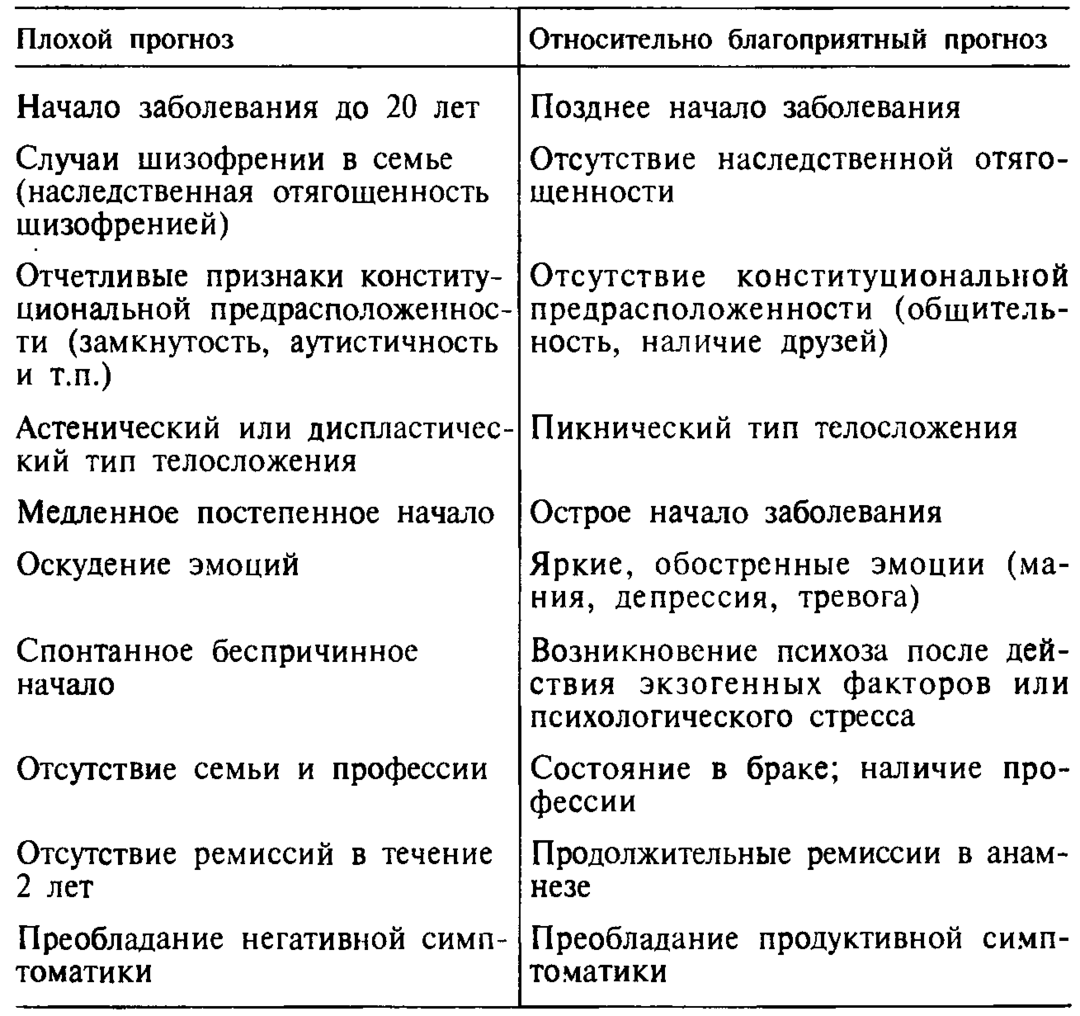Congenital kidney disease in a newborn child

The most common congenital kidney disease in a newborn baby is renal failure( polycystosis or multicystosis).In polycystic disease, normal renal elements undergo cystic enlargement. With multicystosis, cysts in the kidney develop not due to dilatation of the kidneys, in which case the entire kidney begins to develop abnormally. The kidney of a sick child consists of immature dysplastic formations and cysts of different sizes.
Diagnosis
Already in the prenatal period of the child during the ultrasound can reveal a multicystic kidney. It can be done by a specialist and with palpation. In most cases, unfortunately, this condition remains undetected and often undergoes regression. In some adults with a randomly detected single kidney, the second kidney was initially multicystic.
For a multicystic kidney, you can take any other congenital cystic kidney disease, but they are rare. The most important point is the differential diagnosis between the multi-cystic kidney and the obstruction of the ureteropelvic segment. With a multicystic kidney, there is always photenopenia, and obstruction of the ureteroclytic lobe always, even in a severe case, is accompanied by scanning of the functioning kidney.
Symptoms of
All children with congenital kidney disease are affected by kidney and liver, but in infancy, kidney damage is more pronounced. In severe cases of kidney damage, there is a fatal outcome due to pulmonary hypoplasia. The older children usually develop complications that are associated with hepatic fibrosis. This bleeding from the esophageal veins or hepatosplenomegaly due to portal hypertension.
Due to the development of intensive neonatal therapy, the two-year survival rate of patients is approximately 50%.However, almost all patients in the older age begin to develop chronic kidney failure( in 50% it affects adolescence).
The defeat of the liver manifests itself in varying degrees. One small patient needs treatment, since there is a risk of developing portal hypertension, while in others the disease turns into a subclinical form and can be detected only with biopsy or ultrasound.
In rare cases, congenital kidney disease in infancy is manifested by pulmonary hypoplasia. In children at an older age, this disease manifests itself usually by a combination of pathological conditions observed in adults. This is hematuria, urinary tract infections, low back pain, high blood pressure, proteinuria, palpable kidneys, or intracerebral bleeding.
Treatment of
Approximately half of patients with clinical manifestations in infancy die from sepsis or respiratory failure. In cases when the disease appears later, renal failure does not develop until puberty.
As in older age, small children are shown intensive treatment. It is aimed at preventing various complications - hypertension, infections. If a small child has a cyst in the kidney, all members of the family should be carefully examined. Then the whole family is periodically observed by specialists with the purpose of earlier detection of developed polycystic kidney disease.
If a child has a multi-cystic dysplastic kidney, it can be removed. In favor of surgical removal, there are data on her further malignancy( Wilms tumor or renal-cystic carcinoma).They are often found in patients with multicystosis of the kidneys. However, most children's urologists make the decision to simply observe patients with multi-kidney buds, conducting periodic ultrasound and monitoring blood pressure. All patients who develop hypertension or have voluminous formations in the projection of the kidneys are recommended to perform nephrectomy. Also, some surgeons remove multikistoznye kidneys, not capable of regression. As soon as the multicystic kidney regressed according to ultrasound data, regular observation is stopped.



